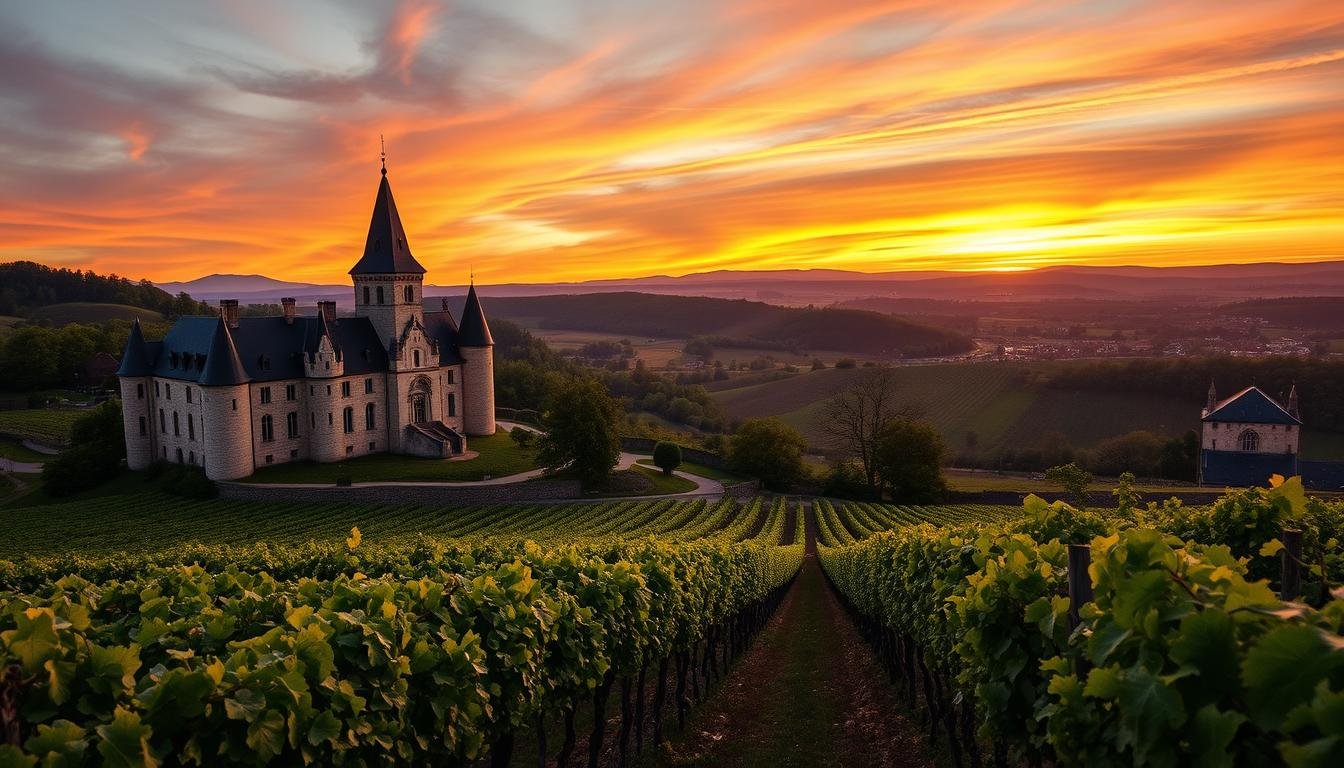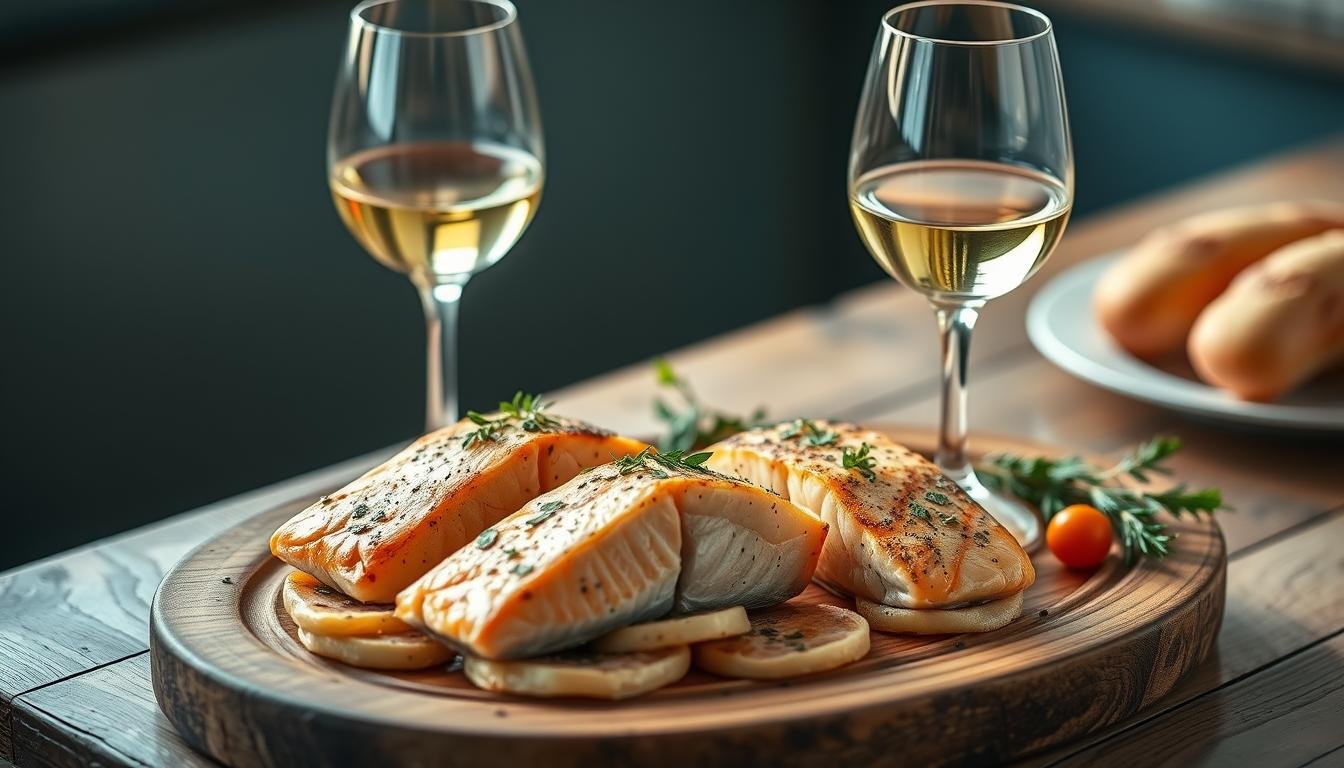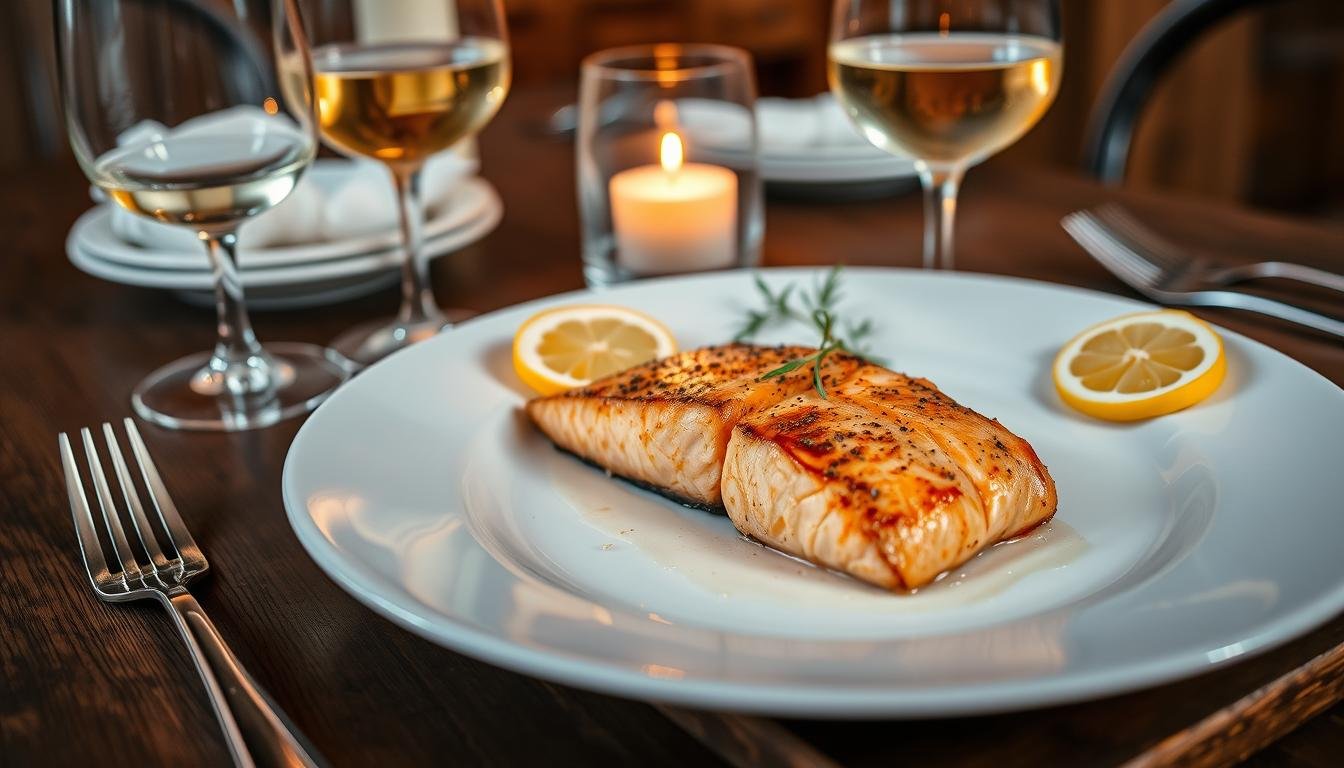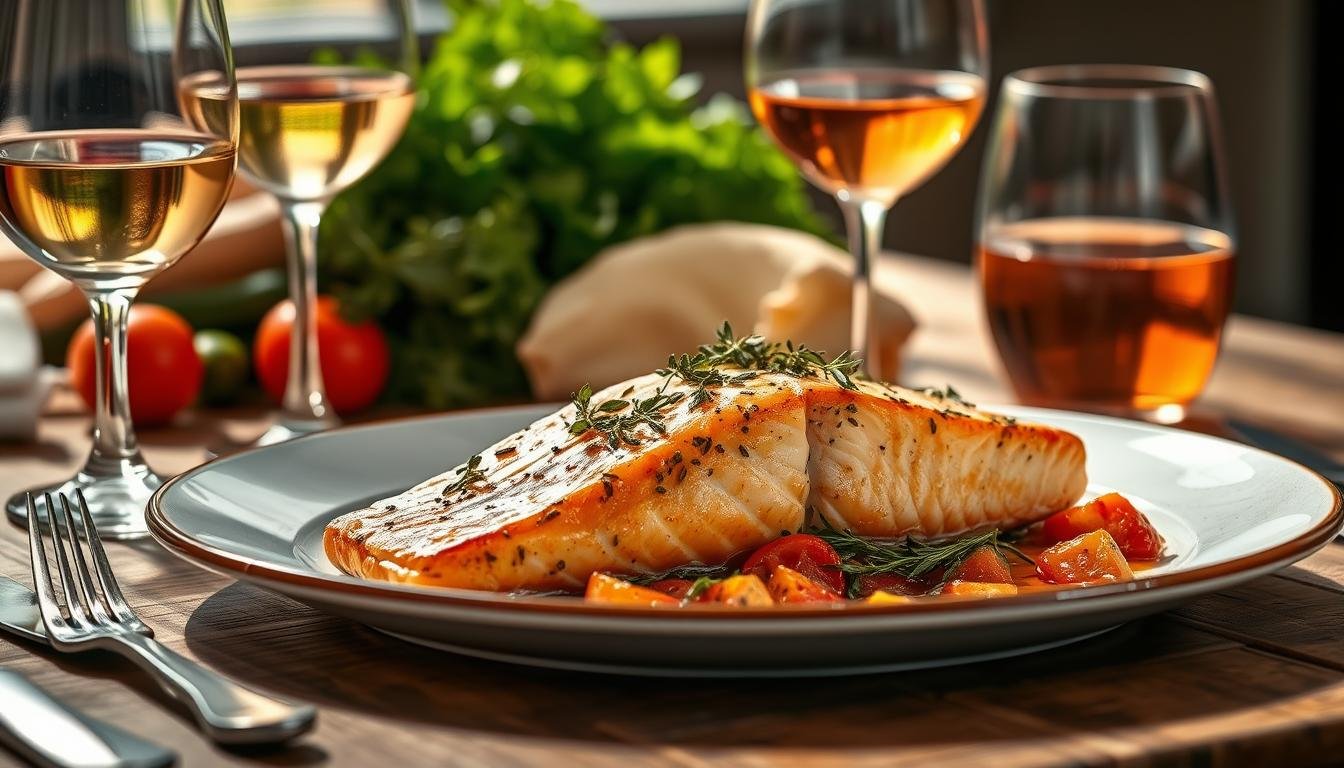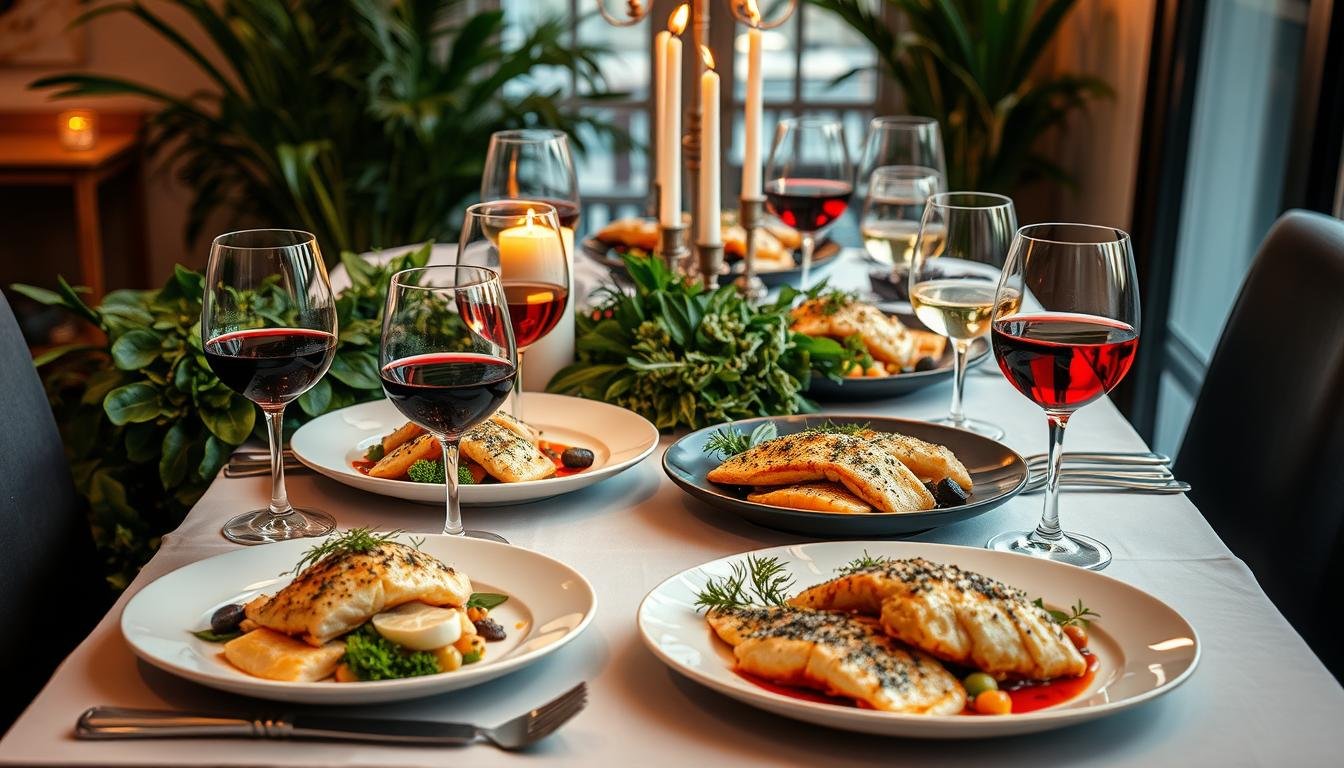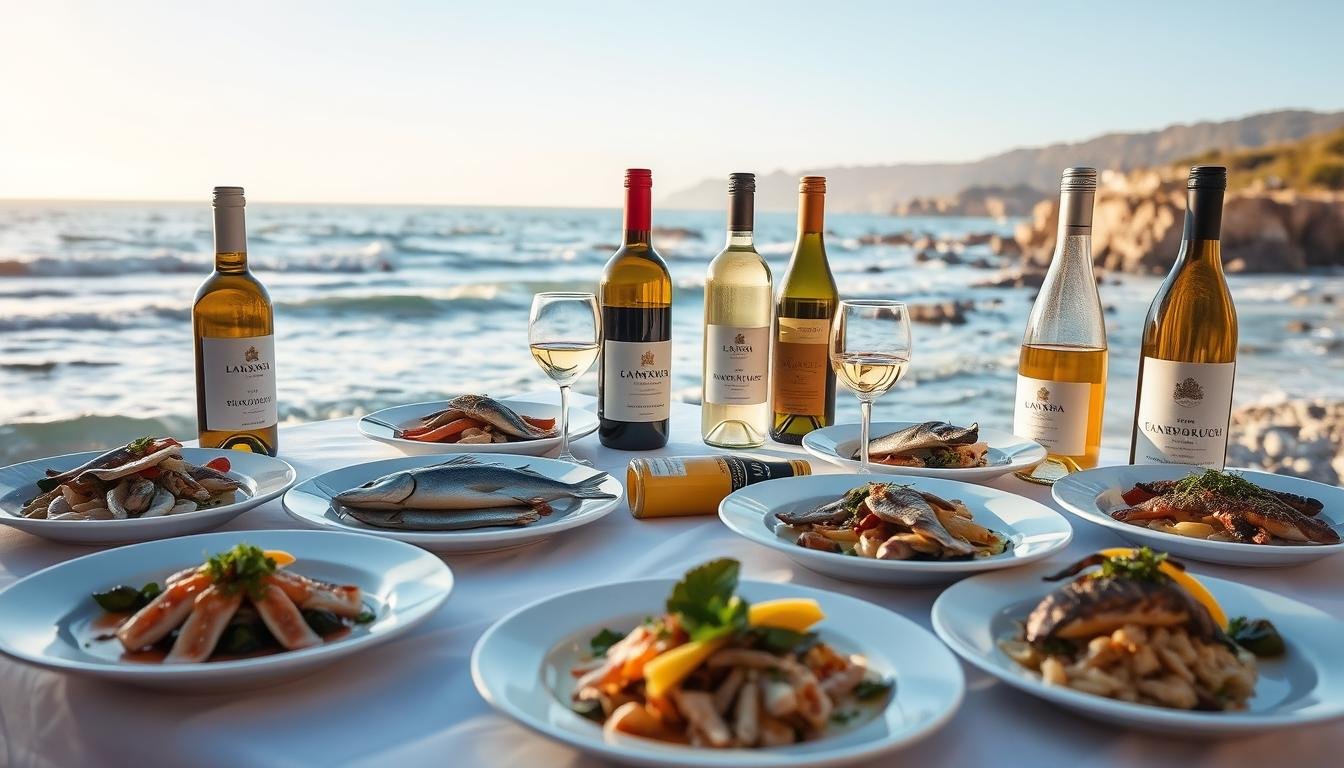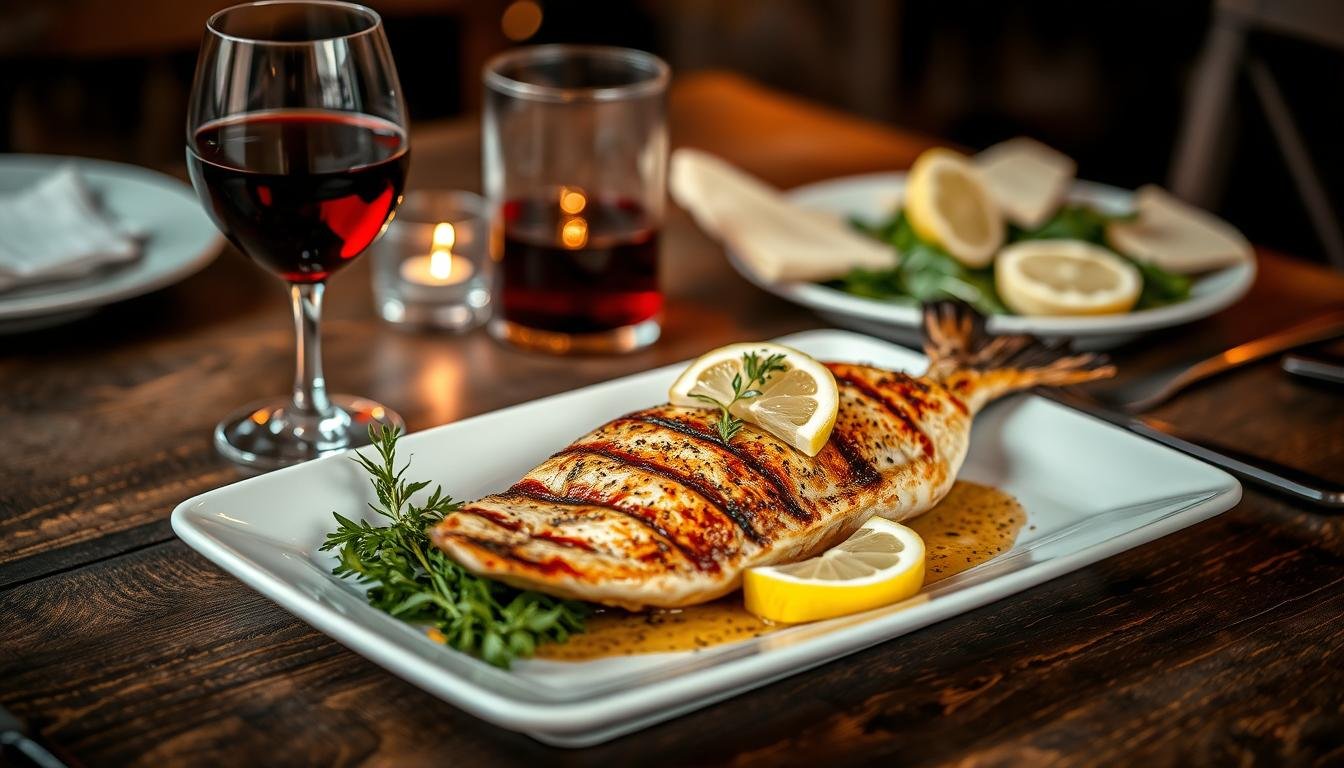France is famous for its historic wineries, with over 60,000 wineries across the country. It has 17 wine regions, like Bordeaux, Burgundy, and Champagne. These regions offer a wide variety of wine estates to explore.
From the stunning French vineyards to the rich history of the wineries, there’s something special for everyone. You’ll find a unique experience waiting for you.
Visitors love the charm of France’s historic wineries, giving them an average rating of 4.8/5. When planning your trip, don’t miss the Bordeaux region. It supplied wine to England in the 12th century.
Also, visit the Burgundy region, famous for its 2003 vintage. And don’t forget the Champagne region, known for both vintage and non-vintage Champagnes.
Key Takeaways
- France is home to over 60,000 wineries, with 17 defined wine regions to explore.
- The average rating of wineries in France is 4.8/5, based on 43,338 reviews.
- Historic wineries in France offer a unique experience, with many dating back to the 1700s or earlier.
- The Bordeaux region is famous for its wine production, with entry fees ranging from 0€ to 70€ per guest.
- The Champagne region is known for its chalky soil, which influences the taste of its wines.
- Visitors can enjoy guided tours and tastings, with sample fees ranging from 39€ to 50€ per adult.
- France’s historic wineries are a must-visit destination for any wine enthusiast, with their rich cultural heritage and stunning landscapes.
The Importance of Historic Wineries in France
Exploring French wine reveals the role of historical wineries. France boasts over 2,000 years of winemaking. Iconic regions like Bordeaux, Burgundy, and the Rhône Valley are key. They offer a wide range of wines thanks to organized viticulture.
The climate and terroir in these regions create diverse wines. Bordeaux, for example, produces about 700 million bottles a year. Grapes like Cabernet Sauvignon, Merlot, and Chardonnay are common. The architecture of vineyards and chateaus shows their rich history and winemaking skills.
Preserving Cultural Heritage
Historic wineries in France are crucial for preserving culture. Many chateaus have been in families for centuries. This tradition is key to making top-quality wines. Also, over 50% of Bordeaux producers now use eco-friendly methods.
Role in French Wine Production
Historic wineries are vital for French wine. France leads Europe in wine production, making about 3.9 billion liters a year. But, wine production has dropped since the 1980s. Still, these wineries draw millions of visitors each year.
| Region | Wine Production (liters) | Number of Bottles |
|---|---|---|
| Bordeaux | 700 million | 933 million |
| Burgundy | 200 million | 266 million |
| Champagne | 300 million | 400 million |
Iconic Wine Regions to Explore
Starting your journey to find France’s best wine estates, you’ll dive into a world of traditional wine cellars and vintage chateaus. With 15 main wine regions, each offers a unique experience. From Bordeaux’s prestigious wines to Champagne’s sparkling traditions, there’s something for everyone.
When visiting wine estates in France, consider the following regions:
- Bordeaux: Known for producing some of the world’s most prestigious wines, including several Grands Crus Classés.
- Burgundy: Famous for its high-quality wines and affordable options, offering a mix of Chardonnay and Pinot Noir.
- Champagne: Located about 45 minutes from Paris by train, this region is renowned for its sparkling wine production.
These iconic wine regions are a must-visit for any wine enthusiast. They offer rich history, stunning landscapes, and exceptional wines. Whether you’re interested in exploring traditional French wine cellars or discovering the latest vintage wine chateaus, France has something to offer.
France is the second-largest wine producer in the world, accounting for 75% of still wines globally. From Bordeaux’s bold reds to Burgundy’s crisp whites, each region has its own unique characteristics. This makes France a paradise for wine lovers.
| Region | Wine Production | Specialties |
|---|---|---|
| Bordeaux | Red wines and blends | Grands Crus Classés |
| Burgundy | Chardonnay and Pinot Noir | High-quality wines and affordable options |
| Champagne | Sparkling wine | Prestigious wine production |
Exploring these iconic wine regions, you’ll find the perfect blend of tradition, innovation, and exceptional wine quality. This makes your experience unforgettable.
Notable Historic Wineries in Bordeaux
Bordeaux is famous for its top-notch wine-growing areas. It has many historic wineries in France. The region’s vineyards cover over 120,000 hectares, making it a leading wine producer worldwide. Bordeaux is a key place to visit when exploring wine estates in France.
Château Margaux and Château Lafite Rothschild are two historic wineries in Bordeaux. Château Margaux boasts a long history and beautiful architecture. Château Lafite Rothschild is known for its luxury and top-quality wines.
Some of the notable features of these wineries include:
- Château Margaux: A grand estate with a rich history and stunning architecture
- Château Lafite Rothschild: A legacy of luxury with exceptional wine production facilities
These historic wineries in Bordeaux show the region’s deep wine-making history. When you visit French vineyards, make sure to check out these famous wine estates in France. They offer a glimpse into Bordeaux’s finest wine production.
Exploring Burgundy’s Historic Vineyards
Burgundy is famous for its winemaking history. It has ancient vineyards that make amazing wines for centuries. You’ll find historical wine producers here who have honed their skills over time.
The Côte de Nuits and Côte de Beaune are top wine areas in Burgundy. They have vineyards that are UNESCO World Heritage sites.
Domaine de la Romanée-Conti and Maison Louis Jadot are well-known producers here. They make exceptional wines using old methods and new ideas. Visitors can learn about Burgundy’s wine culture by seeing these places and tasting their wines.
When you visit Burgundy, check out the Grands Crus Route. It goes through famous wine villages. You can also see the Arquebuse Botanical Garden with over 3,500 plant species.
Or, take a 4WD tour of the Château de Chamirey. Burgundy’s history, beautiful views, and great wines make it a top spot for wine lovers.
Champagne’s Storied Houses
Exploring wine estates in France reveals the rich history of Champagne’s storied houses. These places have traditional French wine cellars and vintage wine chateaus. They have been making wine for over 2,000 years, starting with still wines in the last century BC.
Notable Champagne houses include Moët & Chandon and Dom Pérignon. Moët & Chandon is known for its innovative sparkling wines. Dom Pérignon is famous for its luxury. Moët & Chandon is one of the largest and most well-known Champagne producers.
Moët & Chandon: The Innovators of Sparkling Wine
Moët & Chandon has led the way in Champagne, introducing new techniques. Founded in 1743, it’s known for luxury and excellence. Its sparkling wines are of the highest quality.
Dom Pérignon: A Name Synonymous with Luxury
Dom Pérignon, started in 1668, is another iconic Champagne house. It focuses on quality and excellence. Its vintage Champagne is a benchmark for luxury, enjoyed at exclusive events worldwide.
The Loire Valley: A Hidden Gem
The Loire Valley in France is famous for its historic wineries and French vineyards. It covers over 800 sq km and has more than 6,000 wine producers. The area is split into four wine regions, each with its own style.
Top wine estates in France like Domaine Huet and Château de Chambord are here. They show the region’s rich history and wine traditions. Visitors can see the vineyards, learn about wine-making, and taste famous wines.
Here are some key facts about the Loire Valley:
- Over 1,000 km of vineyards
- Approximately 40 million bottles of wine produced annually
- More than 60 different grape varieties used in wine production
- Recognized as one of the top regions in France for white wine production
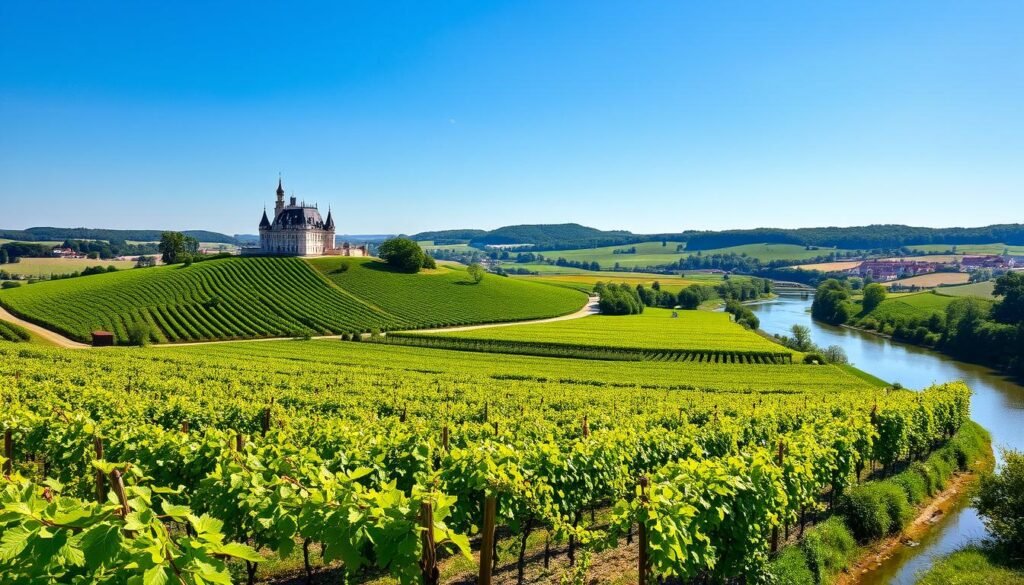
The Loire Valley is a top spot for those interested in historic wineries in France and French vineyards. It offers history, beautiful views, and top-notch wines for all travelers.
| Region | Wine Production | Grape Varieties |
|---|---|---|
| Nantes Country | White and sparkling wines | Burgundy Melon, Folle Blanche |
| Anjou-Saumur | Red, white, and rosé wines | Cabernet Franc, Chenin Blanc |
| Touraine | White, red, and sparkling wines | Chenin Blanc, Cabernet Franc |
| Center-Loire | White and red wines | Sauvignon Blanc, Pinot Noir |
Visiting Wineries: Tips for Your Journey
Planning a trip to France’s famous winemaking areas is exciting. You’ll want to know the best times to see historical wine producers and ancient vineyards. With so many renowned wine regions, each with its own charm, you’ll want to make the most of your trip.
Start by researching the wineries you want to see and where they are. Bordeaux, Burgundy, and Champagne are top spots, each with its own vibe and history. Visit during May to mid-July or September to mid-October for the best weather.
Planning Your Itinerary
Use regional guides to enhance your visit. They offer insights into wines, tastings, and cultural experiences. Guides can help you explore the Loire Valley and Provence, and find hidden gems among ancient vineyards. Always check the winery’s hours and tour times, as they change with the season and day.
Best Times to Visit
The best times to visit wineries in France vary based on what you prefer. Spring or autumn offer milder weather. If you love wine festivals, plan your trip for the Bordeaux Wine Festival, Saveurs de Vignes in Burgundy, or the Route du Champagne. These events let you taste wines from different historical producers and learn about winemaking trends.
By carefully planning your trip and choosing the right times to visit, you’ll enjoy France’s diverse wine regions. Whether you’re into luxury tours, VIP tastings, or unique vineyard visits, France has something for every wine lover.
Wine Tasting Experiences
Visiting wine estates in France means getting to enjoy amazing wine tasting experiences. Traditional French wine cellars offer guided tours and tastings. This lets you learn about the rich history and how these wines are made.
Vintage wine chateaus in Bordeaux and Burgundy are special places to taste top wines. These tastings often come with tours of the vineyards and cellars. This gives you a better understanding of how wine is made.
- Guided tours of wine estates and cellars
- Wine and cheese pairings
- Vineyard walks and harvest tours
These experiences let you dive into the world of French wine. You’ll learn about different types, how they’re made, and why wine is so important in France.
| Wine Region | Notable Wine Estates | Wine Tasting Experiences |
|---|---|---|
| Bordeaux | Château Margaux, Château Lafite Rothschild | Guided tours, wine and cheese pairings |
| Burgundy | Domaine de la Romanée-Conti, Maison Louis Jadot | Vineyard walks, wine tastings |
Whether you love wine or just want to learn more, these experiences are great. With their history, beautiful views, and amazing wines, French wine estates are a must-see for wine lovers.
Pairing Food with Historic Wines
When you visit historic wineries in France, learning to pair their wines with local food is key. French vineyards have many wines, from strong reds to fresh whites. Each wine has its own taste. To enjoy these wines, you need to match them with the right foods.
Bordeaux reds go great with rich dishes like coq au vin and beef bourguignon. Burgundy wines are perfect with boeuf bourguignon and escargots de Bourgogne. Wine estates in France often give tours and tastings. These are great chances to learn about pairing food with wine.
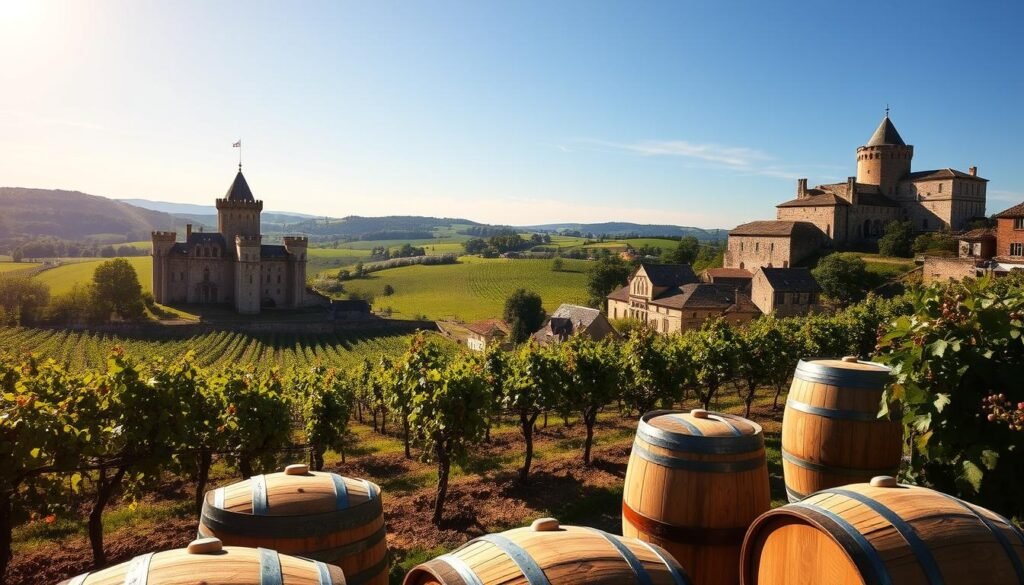
- Bordeaux red blends: coq au vin, beef bourguignon
- Burgundy wines: boeuf bourguignon, escargots de Bourgogne
- Champagne: seafood, delicate flavors
Knowing how to pair food with historic wines can make your meals better. It lets you enjoy the rich tastes of French vineyards and wine estates in France. Whether you’re at historic wineries in France or just enjoying a bottle at home, the right pairing can change everything.
| Wine | Pairing |
|---|---|
| Bordeaux red blends | coq au vin, beef bourguignon |
| Burgundy wines | boeuf bourguignon, escargots de Bourgogne |
| Champagne | seafood, delicate flavors |
Preserving the Legacy of Historic Wineries
Exploring the world of wine makes you think about keeping historic wineries alive. These wineries have shaped the wine industry. Places like Bordeaux and Burgundy have ancient vineyards that make top wines for centuries.
It’s key to keep these vineyards going. Sustainable practices are vital. They protect the environment and keep vineyards working for the long haul. This way, historic wineries can keep making great wines.
Sustainable Practices in Historic Vineyards
Now, many historic wineries use green methods. They farm organically, save water, and use energy wisely. These steps help them stay green and keep making excellent wines.
The Future of Winemaking in France
The outlook for winemaking in France is bright. Historic wineries keep making top wines. As people want more eco-friendly wines, these wineries are stepping up. This ensures France’s winemaking tradition will keep growing.
Learning More: Books and Resources
Exploring French wineries can lead you to seek more knowledge. Traditional French wine cellars and vintage wine chateaus are full of information. There are many books and online resources to help you learn.
Books on French wineries cover history and production methods. They give insights into traditional French wine cellars and vintage wine chateaus. Online, you can find wine courses and educational websites with lots of information.
Exploring Online Resources
Online resources are great for wine lovers. Websites offer virtual tours of French wine cellars and chateaus. You can explore these places from home.
Online wine courses, like the French Wine Essentials course, teach a lot about French wine. You’ll learn about grape varieties, wine profiles, and labeling terms.
Enhancing Your Wine Education
Using these resources can improve your wine knowledge. Whether you’re interested in wine estates, traditional cellars, or vintage chateaus, there’s plenty to learn. With effort and practice, you can become a wine expert.

